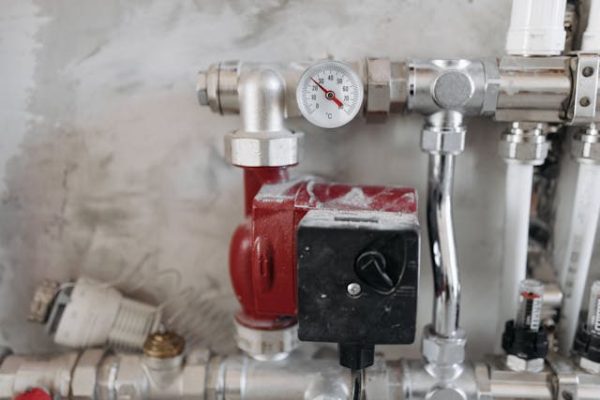Valve actuators might not be in the spotlight, but they’re vital players in industrial processes. These little devices regulate the flow of fluids, gases, and other substances in various industries. When it comes to valve actuators, one crucial choice often comes up: spring return or non-spring return valve actuators. In this article, we’ll dive into the details of these two types of valve actuators, examining their differences, where they’re best used, and what to consider when making the right choice.
Let’s start with the basics. Valve actuators are mechanical devices that control the opening and closing of valves. They’re the muscle behind valves, allowing precise control over fluid flow in pipelines and systems.
Spring Return Valve Actuators: Safety and Reliability
Spring return valve actuators are known for their reliability and safety features. These actuators use a spring mechanism to return the valve to a set position when power is cut or in case of system failure. This “fail-safe” operation ensures that the valve returns to a safe or default position, preventing unwanted flow or dangerous situations.
One major advantage of spring return valve actuators is their fit for critical applications where safety is crucial. Industries like chemical processing, oil and gas, and nuclear power plants often rely on spring return actuators to maintain high safety levels. In these environments, any valve control failure can have catastrophic consequences, making the fail-safe feature of spring return actuators indispensable.
Non-Spring Return Valve Actuators: Precision and Efficiency
Non-spring return valve actuators are built for precision control and energy efficiency. They don’t rely on a spring mechanism to return the valve to a specific position. Instead, they maintain the valve’s position without external help, allowing precise flow modulation. This makes non-spring return actuators ideal for applications where control accuracy is paramount.
One of the significant advantages of non spring return valve actuators is their energy efficiency. Additionally, non-spring return actuators are versatile in applications that need continuous and precise control, like HVAC systems and industrial automation.
Factors to Consider When Choosing
The choice between spring-return and non-spring-return valve actuators isn’t simple. Consider these key factors:
Safety: If your application demands fail-safe operation, spring-return actuators are essential for guaranteed valve closure in emergencies.
Control: Non-spring-return actuators offer more precise control and modulation, ideal when those are top priorities.
Energy Efficiency: For applications focused on minimizing energy use, non-spring-return actuators generally offer better efficiency.
Cost: Factor in both upfront costs and long-term energy expenses. Spring-return models might have a lower initial price but could lead to higher operational costs over time.
Cost Comparison
When considering the cost of spring return versus non-spring return valve actuators, look beyond the initial purchase price. While non-spring return actuators may have a higher upfront cost, their energy efficiency can lead to significant long-term savings in operational expenses. This makes them a cost-effective choice for certain applications. On the other hand, spring return actuators might have lower initial costs but could result in higher energy bills over time.
Selecting the Right Actuator for Your Needs
Choosing between spring and non-spring return valve actuators requires careful evaluation of your specific needs and priorities. Here’s a step-by-step guide to help you make an informed decision:
Assess Your Application: Determine how critical safety and control accuracy are for your application.
Set Energy Efficiency Goals: Consider whether your industry has energy efficiency targets and how valve actuators can contribute to meeting those goals.
Evaluate Long-Term Costs: Calculate the total cost of ownership over the expected lifespan of the valve actuators, factoring in energy consumption and maintenance expenses.
Consult with Experts: Seek advice from valve actuator manufacturers and industry experts to ensure your choice aligns with industry best practices and standards.
Conclusion
Choosing the right valve actuator, whether spring return or non-spring return, is a significant decision. Whether you opt for the fail-safe reliability of spring return valve actuators or the precision and efficiency of non-spring return actuators, the key is to select the option that aligns with your priorities and industry requirements. In the dynamic world of industrial automation, the right choice of valve actuators can make all the difference in achieving safety, efficiency, and operational excellence.


